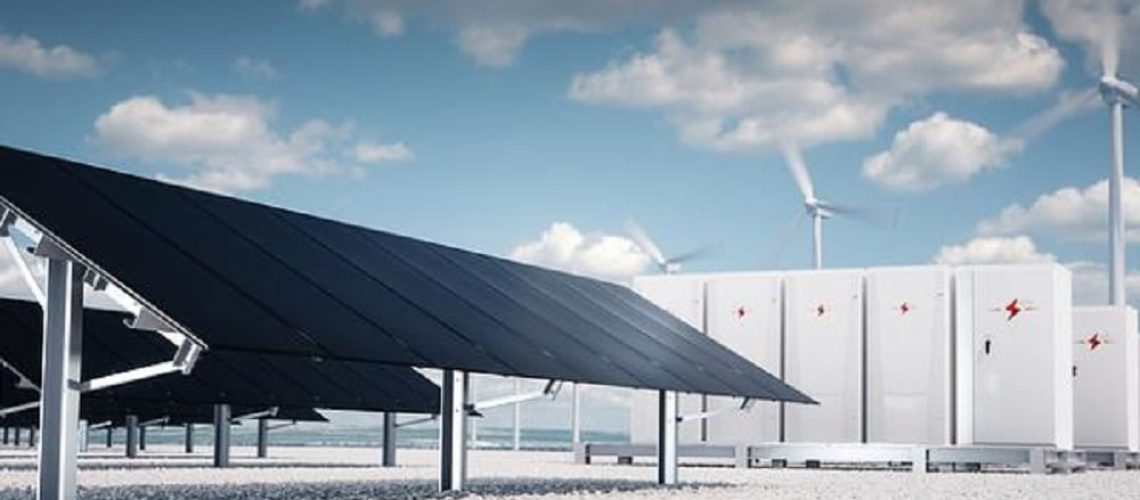An independent carbon plan for North Carolina would add storage instead of gas through 2030, and add 21 GW more solar and 22 GW more battery storage by 2050 than Duke Energy’s plan proposes.
Two teams used the same resource planning model to develop a carbon plan for North Carolina, to reach the state’s emissions targets for 2030 and 2050, but reached widely different results.
The Synapse Energy Economics team found that a least-cost resource plan would add 6 GW of battery storage and no new gas capacity through 2030. The North Carolina Sustainable Energy Association and three clean energy groups sponsored the plan.
The Duke Energy team proposed a more costly plan, adding 3 GW of gas capacity and just 2 MW of storage through 2030, in its only scenario that, according to the Synapse report, would meet a 2021 North Carolina law without assuming additional Appalachian gas transportation capacity. The state law targets a 70% reduction in power sector emissions by 2030, and power sector carbon neutrality by 2050.
Synapse calculated that its base plan would save the state’s utility customers $700 million through 2030, compared to the Duke Energy plan, while an alternative Synapse scenario with imported wind power and less storage capacity would save customers $2.4 billion through 2030.
“The modeling demonstrates that cleaner, proven technologies are hands-down the best option for ratepayers,” said Peter Ledford, director of policy and general counsel for the North Carolina Sustainable Energy Association.
Regarding the three-fold difference in battery storage through 2030—6 GW for Synapse’s base plan versus 2 GW for Duke—Synapse reports that Duke manually replaced some of the battery storage selected by the optimization model with gas-fired combustion turbines. Such manual adjustments “deviate from resource planning best practices and add additional costs to ratepayers,” Synapse said in its report.
“Utility plans to invest in new gas power plants are risky, opening up customers to higher bills driven by volatile fuel prices and stranded assets,” added Maggie Shober, research director for the Southern Alliance for Clean Energy, which co-sponsored the study.
Synapse and Duke both modeled maximum annual solar deployment ramping up to 1.8 GW per year in the mid-to-late 2020s. Consequently, both modeled the same amount of additional solar by 2030.
Duke and Synapse have presented their plans to the North Carolina Utilities Commission, which is required by state law to develop a carbon plan by year-end that achieves the state’s carbon goals for 2030 and 2050.
Far more solar, storage
By 2050, the Synapse base plan would add 21 GW more solar and 22 GW more storage than the Duke Energy plan, saving customers $18 billion through 2050 on a net present value basis, Synapse calculated. With imported wind power, savings would be greater. Synapse removed “unnecessary constraints” on solar and storage that Duke placed on those resources in its modeling, explained Tyler Fitch, senior associate with Synapse.
Solar, battery and wind power additions through 2030 and 2050 under the two plans are shown in the table.
The Duke plan would instead add 10 GW of nuclear by 2050, versus 2 GW for Synapse, and would add 11 GW of hydrogen generation by 2050 as it retired carbon-emitting gas units, versus 5 GW of hydrogen for Synapse. Synapse would add these technologies later than Duke, starting in 2041 for nuclear versus 2031 for Duke, and starting in 2046 for hydrogen versus 2036 for Duke.
The Synapse modeling team took a “more conservative approach” to the availability of small modular nuclear reactors, given that the technology is not currently commercially available, said Dave Rogers, a deputy regional campaign director for the Sierra Club, which co-sponsored the Synapse study.
Synapse used “realistic cost and deployment timelines” for widespread zero-carbon hydrogen generating availability, said Fitch.
Shared foundation
Both the Synapse and Duke analyses used the EnCompass resource planning model, as well as Duke’s modeling database “as a shared foundation,” Synapse reported. Synapse then revised certain model inputs, as described in the appendices to its report. Both modeling teams met demand year-round, with an adequate margin of reserve capacity.
Both Synapse scenarios would involve increased energy efficiency investments. Neither of Synapse’s plans specified new gas-fired generation, and both would economically retire coal units sooner than Duke’s plan. Duke manually set coal plant retirements, the Synapse report said.
Also co-sponsoring the Synapse analysis was the Natural Resources Defense Council.






